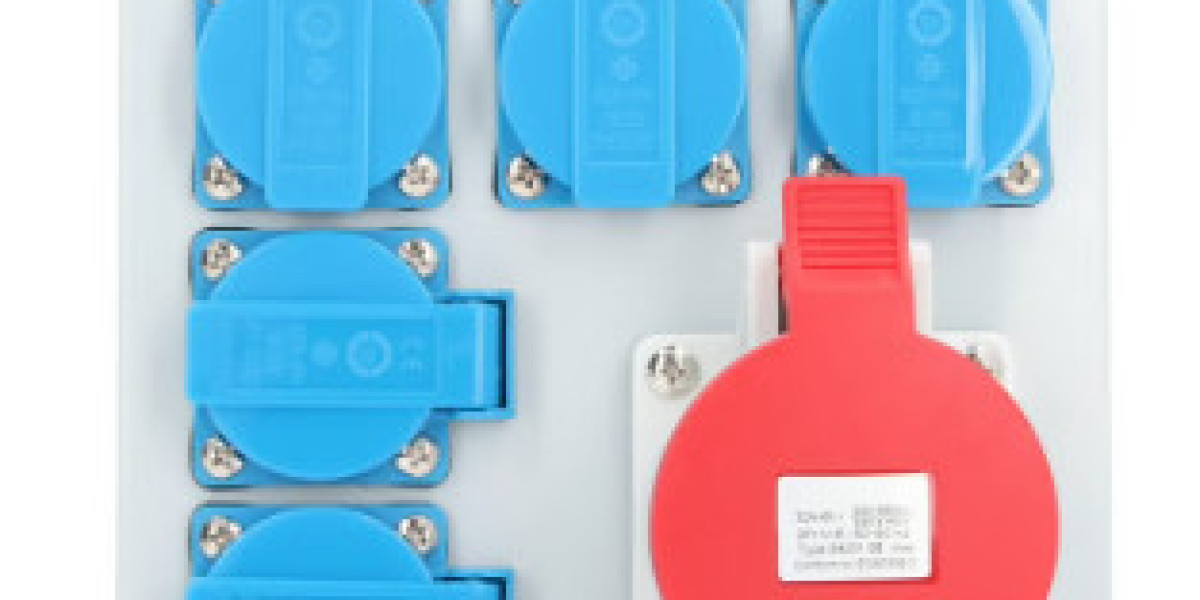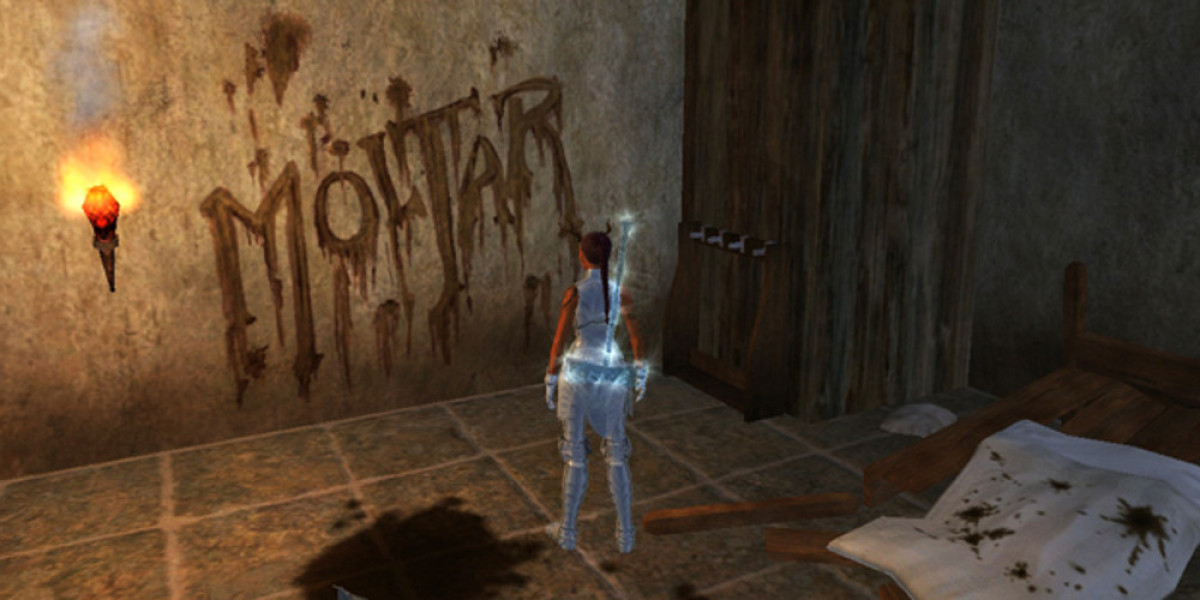In an era defined by rapidly evolving energy demands and the push toward decentralized power systems, the industrial socket box has emerged as a critical component for modern installations. Whether deployed in smart factories adapting to new automation trends or outdoor facilities bracing for severe weather, this combined power-and-control module delivers safety and flexibility when it matters most. With robust housing and customizable configurations, these units ensure that power distribution keeps pace with changing industrial landscapes.
Across urban logistics hubs and remote construction sites alike, operational continuity hinges on reliable power routing. Advanced enclosures protect sensitive contacts from moisture, dust, and mechanical impact, reducing unplanned downtime and maintenance overhead. As cities invest in electric vehicle infrastructure, these modules integrate charging outlets alongside control switches, enabling seamless transition from traditional workflows to electrified mobility networks. Installers appreciate how prewired assemblies simplify on-site work, turning complex wiring into plug-and-play setups.
Safety remains a paramount concern in harsh environments. Materials engineered for corrosion resistance and UV stability prevent degradation under punishing conditions, while gasketed seals thwart the ingress of contaminants. Reinforced frames and tamper-resistant fasteners ward off accidental damage or unauthorized access, safeguarding both personnel and equipment. In bustling industrial parks where storms can strike without warning, these enclosures uphold critical circuits, ensuring that lighting, communication, and emergency systems stay energized.
The shift toward distributed energy resources requires adaptable solutions. Microgrid operators integrate renewable generation and energy storage within localized networks, demanding modular hardware that can be reconfigured quickly. Combined socket-and-switch units offer multiple outlets, overload protection, and monitoring interfaces in a compact footprint. This flexibility allows technicians to reroute circuits, add new loads, or isolate segments without rewiring entire panels, accelerating project timelines.
Ergonomic design features also play a significant role. Clear labeling, color-coded terminals, and tool-free mounting brackets streamline installation and diagnostics. Maintenance teams value hinged covers that open fully, granting unobstructed access to internal components during inspections. LED status indicators provide immediate visual feedback on circuit health, enabling rapid response when anomalies arise. As remote monitoring gains traction, compatible sensors within the enclosure relay voltage and current data to centralized dashboards, empowering real-time decision-making.
Sustainability considerations influence choice as well. Manufacturers now prioritize recyclable plastics, low-VOC coatings, and energy-efficient production methods. By reducing the carbon footprint of balance-of-system hardware, facility managers align infrastructure upgrades with corporate environmental goals. Lifecycle support includes take-back programs for end-of-life recycling, further minimizing waste and reinforcing responsible procurement practices.
Innovations continue to expand capabilities. Integrated surge protection modules defend against lightning-induced spikes, while built-in residual-current devices thwart ground faults before they escalate. Some units incorporate smart relays that sequence loads automatically, prioritizing critical equipment during power shortages. This layered approach to protection and control exemplifies how a single enclosure can fulfill multiple roles, from simple power distribution to advanced safety management.
User feedback underscores the importance of worldwide compatibility. Standardized form factors and global certification marks ensure these modules meet diverse regulatory frameworks. From high-voltage distribution yards to indoor production lines, the same basic enclosure can adapt to local requirements, reducing the need for multiple product variants. This standardization simplifies logistics and lowers inventory costs for global enterprises.
As infrastructure projects accelerate and operational demands intensify, the combined power module stands out as a versatile ally. Its blend of durability, modularity, and intelligent features addresses emerging challenges head-on, whether installing charging stations, safeguarding remote sites, or upgrading legacy distribution networks. For those seeking proven performance and forward-looking design, explore the full lineup of solutions tailored for today’s dynamic energy landscape at www.nante.com .







